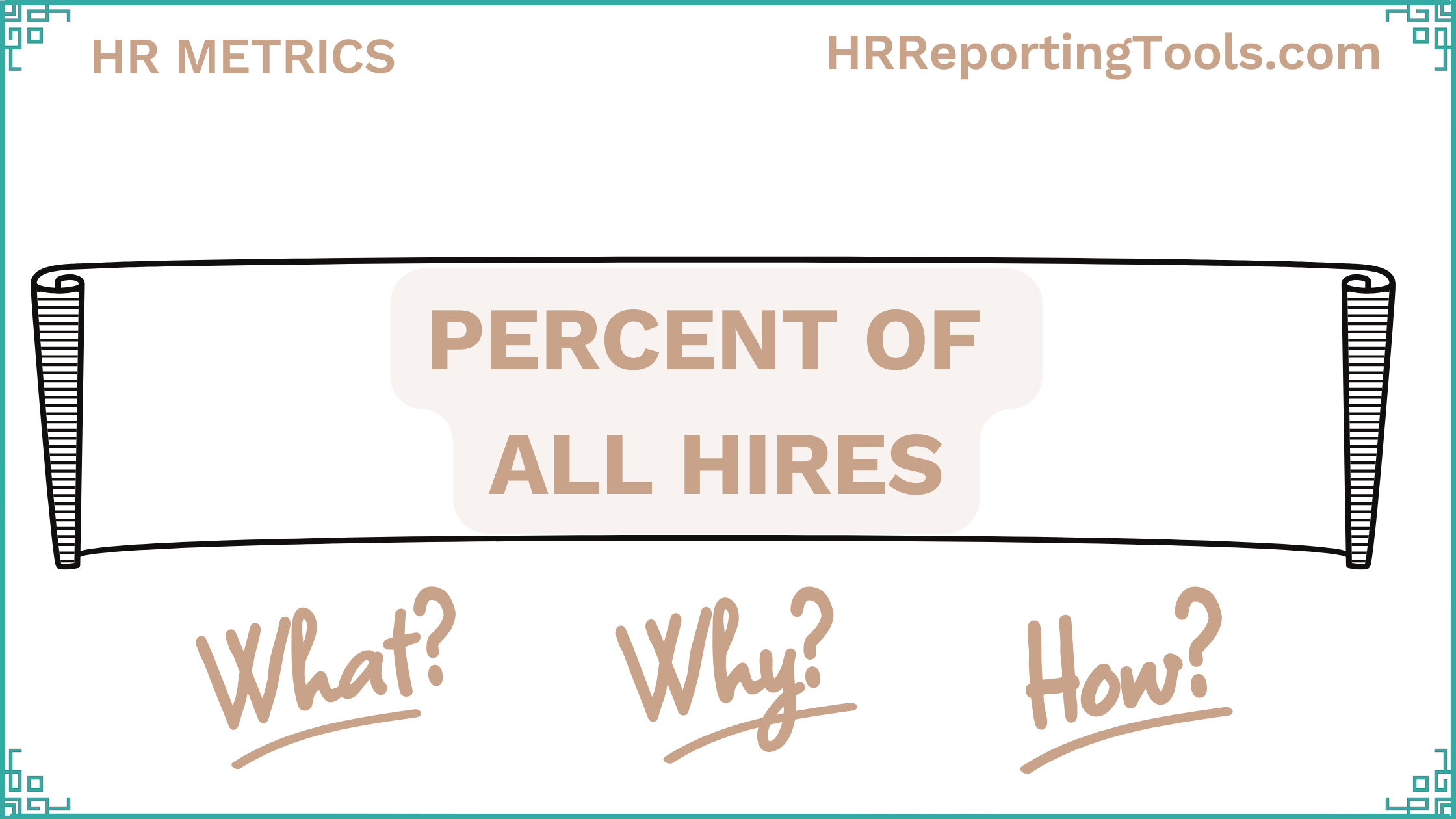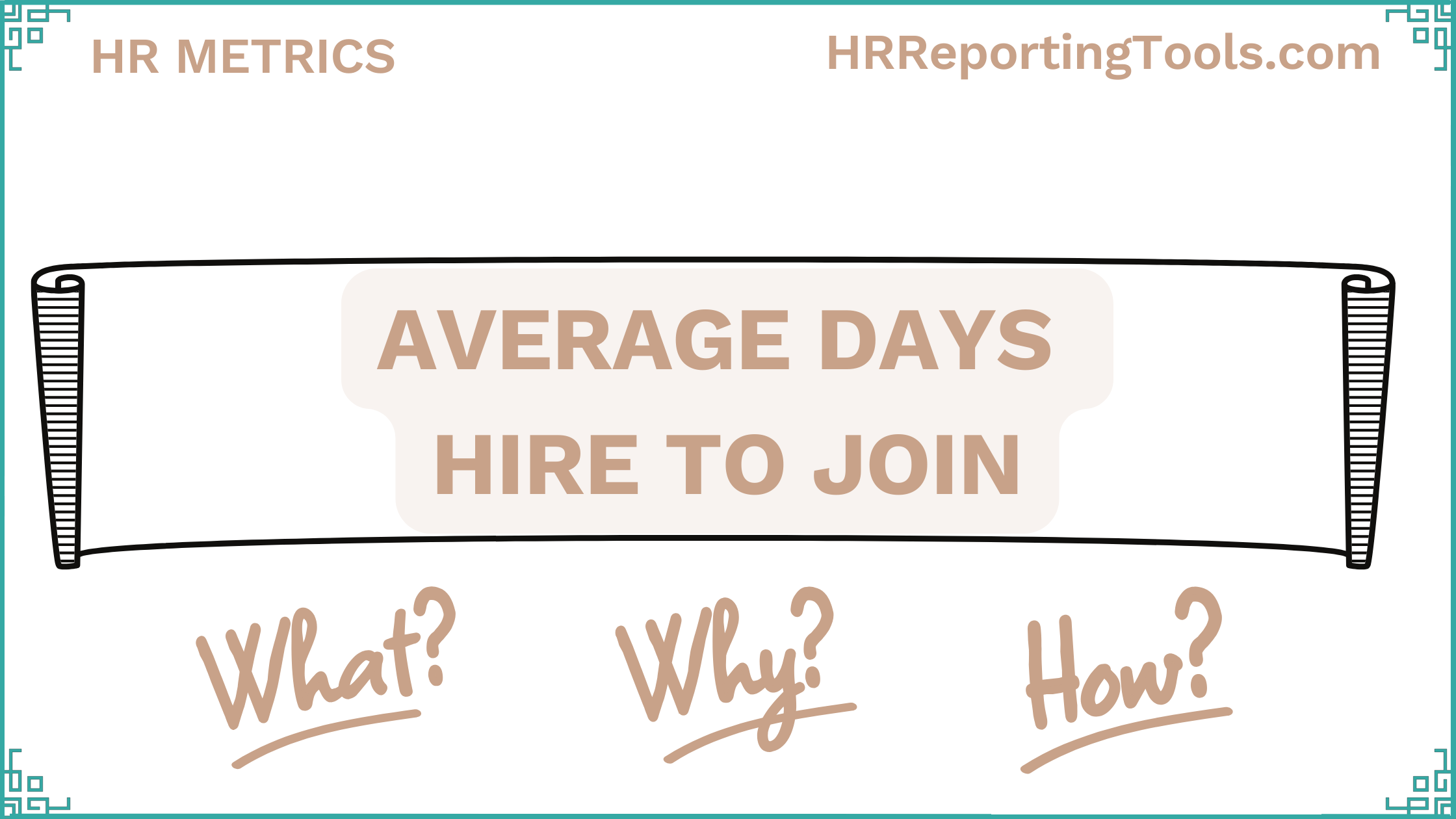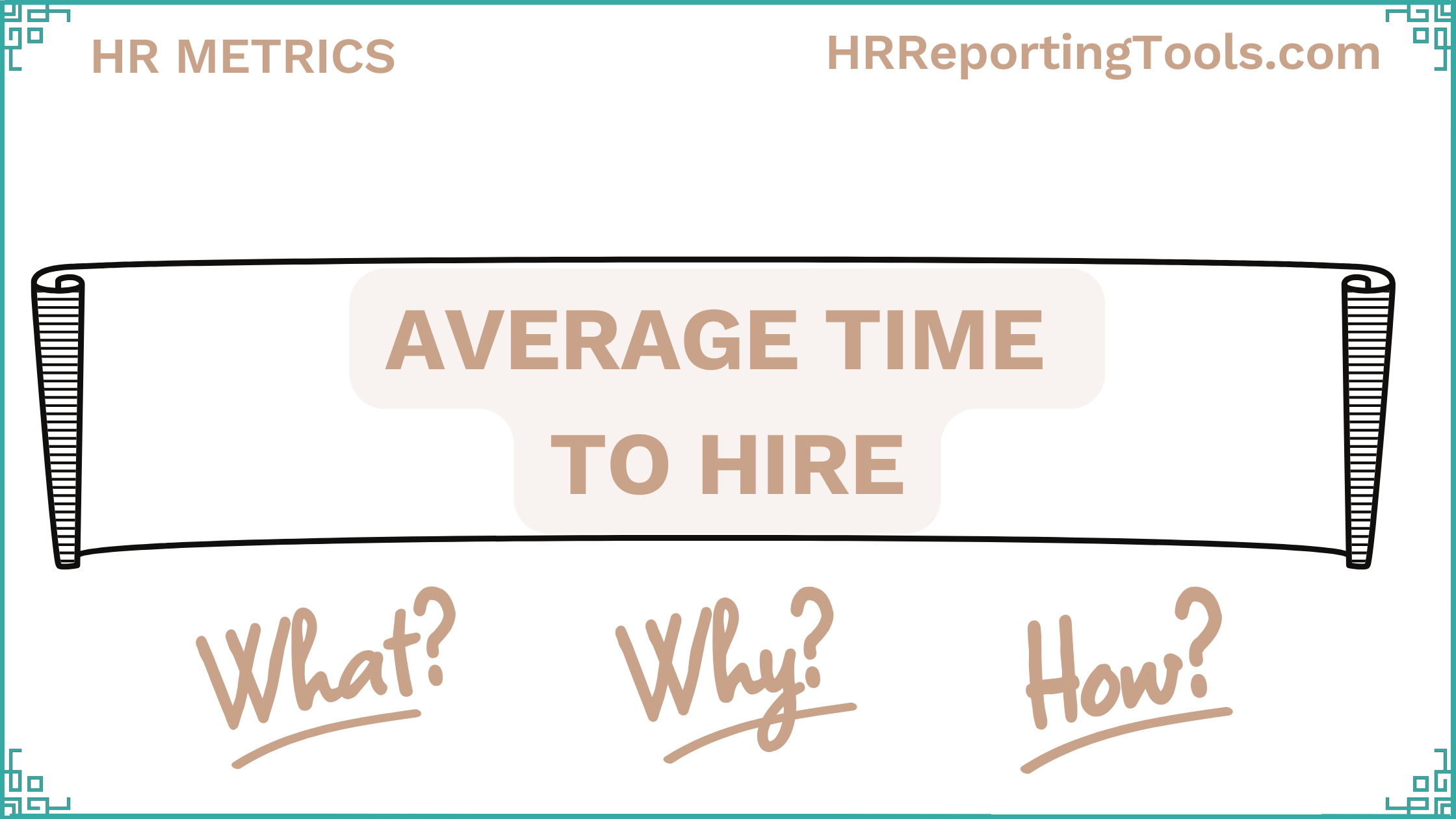Average Time to Fill
HR Metric - Average Time To Fill
What (Definition)
Average time to fill” is the measurement used to identify the number of days taken to fill a vacant position; in other words, the count of days from the job being advertised until the candidate is appointed as an official employee of the company.
The company should take the initiative to keep the average time to fill at the lowest. It creates a positive impression among the candidates when the time taken to recruit is kept to a minimum. They will value the timely response from the company, and it also helps secure the top talents.
Why (Benefits)
The HR team should focus on filling the vacancies swiftly without compromising the quality of the hire. The hiring operation should be effective and efficient enough to reduce the number of vacancies in the company. Diminishing the average time to fill helps to manage various factors.
1. Optimization of resources
When the time to fill the vacancy is known, the company can allocate the budget and labor force to perform the interview and other processes. Taking a longer time to fill a position can be challenging for the HR team.
2. Minimal cost
Taking measures to keep the time to fill at its lowest can bring down the costs spent on the hiring operation. It will reduce the vacancy-related expenses and the opportunity cost because of the vacant job role.
3. Gain a competitive edge
Shortening the recruitment cycle is a competitive advantage to assure the top talent to fill the vacancies. When a longer period is taken, there’s a risk of applicants choosing the company that approaches them first.
How (Calculation)
Keeping track of the average time to fill a position in the company can provide insights into the efficiency of the recruitment process and the effectiveness of the HR budget plans. The company could make better decisions by identifying the issues in the recruitment cycle.
This metric is calculated for a specific time boundary. It can be any relevant period: monthly, quarterly, or, annually. Collect the new recruiter's details who has joined the company in the given period.
Average time to fill = [Average number of days between Job Posted and Employee Join Date]/Hired Positions
This simple equation gives the number of days it took for an individual to join the company after the job was posted to the public. The table below is presented to give clarity to this concept.
Job Table with Job Posted and Joining Dates
The company has recruited a Finance manager and representative for the finance department in the first quarter of the year. As you see, the number of days to fill a vacant position varies from 4 to 11 days.
In order to find the average number of days to fill a position, we must add up the time differences of each individual to derive the total time difference for all the recruitment. Then divide it by the total number of new employees.
The average time to fill = Total days difference (from job posted date to joining date)/Total Hired
By applying the above chart details to the equation,
Total days difference = 76 days
Total number of hired employees = 10
The average time to fill = 76/ 10 = 7.6 days
It takes an average of 7.6 days for the company to appoint a fresher from the date it publishes its first vacancy post to the public.
This is valuable information for the company where it can anticipate the need for recruitment and resource allocation. Holding the low average time to fill is a result of an effective process. It helps to well run the employee and employer experience.
Get automated HR metrics for your company with our templates
(Available in 3 platforms: Microsoft Power BI, Google Sheets or Microsoft Excel)
Related HR metrics
Now it’s your turn.
As a company, Do you identify the average time to fill? Feel free to let us know your thoughts on how you do it below. We would like to hear from your experience.
To learn more about other recruiting metrics please visit HR reporting tools.








